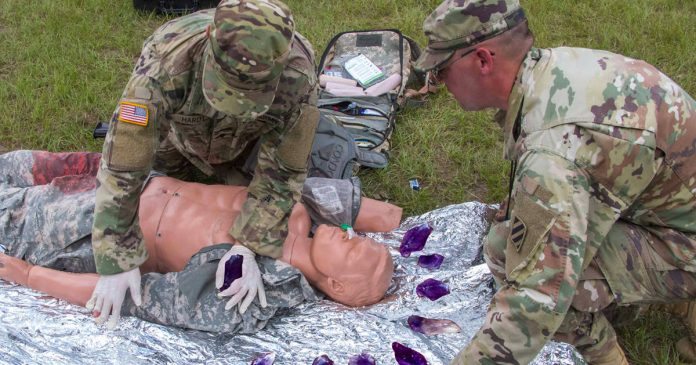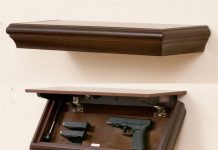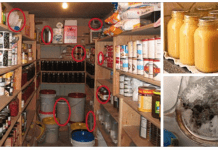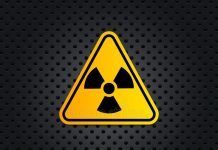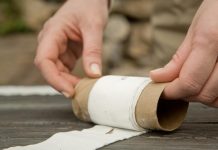A gun is the most powerful and easily accessible weapon, so it’s obvious in a disaster scenario that gunshot wounds will be very frequent.
Many types of gunshot wounds can also be treated with home resources, but a medical professional and with hospital resources need to treat most of them. Yet, first aid is necessary for survival and complete healing for all gunshot wounds!
What Should Be Done First?
The first move is to make sure the victim and you are both safe. When you’re hurt too, you’re not going to be much of a help!
This is best not to move them, unless the victim is shot in the arms or legs. All gunshout wounds in the head, neck, chest, or abdomen have significant potential for spinal injury, and the victim’s movement may cause further spinal damage. However, if your location is too exposed and you are both threatened, you might consider moving the victim to a safer place.
It’s also a smart idea to use the latex gloves for your safety while dealing with open wounds. If emergency numbers are still available, call them! Many of the gunshot wounds need immediate emergency professional attention, preferably a surgeon.
Gunshot wounds often cause significant damage to the tissue, and bleeding is typically serious. To give the victim a chance to live, you need to stop the bleeding. You may use any sort of cloth with your palm to place pressure on the wound. Apply steady pressure for 10 minutes at least, without shifting too much. If the fabric gets wet, simply put another one over it. Never remove the soaked bandage, because doing so will only cause the bleeding to start again.
If the victim was shot in an arm or leg, the risk of damaging a large artery is high. The blood becomes bright red in an arterial hemorrhage and flows with pressure, matching the rhythm of every heartbeat. An arterial hemorrhage is extremely severe because in a very short period it causes significant blood loss, and it is harder to avoid than damage by the venous. The elevated arterial blood pressure makes it easier to coagulate. That is when you need to think about applying a tourniquet.
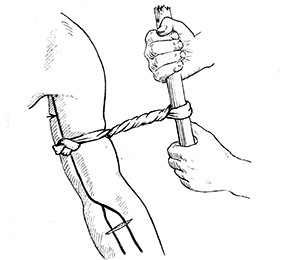

Write down the exact hour when the tourniquet was applied. Keeping it on for more than 30 minutes a time, may result in serious damage and necrosis to tissue. The emergency tourniquet can be made from any thin band, and is often put near the hemorrhage site. For instance, if the ankle has a bleeding wound the tourniquet must be put under the knee.
The proper and successful application of a tourniquet involves more than just wrapping a piece of fabric around a man’s leg or arm, so you can learn how to make one.
Even a pressure bandage is very important for stopping the bleeding, so you should also be able to apply one of these.
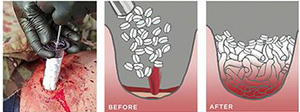

Most people go into shock with bullet wounds. It’s important to be ready for this. Heat loss should be avoided and you can use whatever tools are available to protect the victim from cold. Typically, if a person is in shock, their legs should be elevated to allow blood supply to the upper body, brain and other vital organs. But don’t elevate a gunshot victim’s legs that have a spinal or thoracic injury!
What’s Next?
When an emergency team is on the way, the hemorrhage is under control and you and the patient are in a safe location, you can just wait while reassuring the victim. However, if medical treatment is not available, more steps should be taken when treating the wound.
You ought to search closely for an exit wound on the victim’s body, or for any other wounds. The exit wound shows you the bullet’s trajectory and suggests what other organs may be damaged.
When you are dealing with an arm or leg wound, quickly stop the bleeding, apply a pressure bandage and rush the patient to a safe, warm place where you can clean the wound (carefully, to prevent it from bleeding again) and have antibiotics to combat infection.
Related: The Only 4 Antibiotics You’ll Need when SHTF
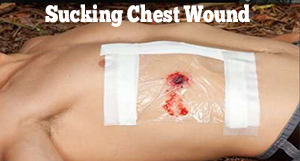

If you are struggling with a chest wound, there isn’t much you can do. A gunshot chest wound is often called a sucking wound when air reaches through the wound, causing collapse of the lungs. Because there is a particular sound, a sucking wound is easy to recognize: the patient coughs up blood and there is a shortness of breath.
You have to locate the wound and also search if there is still an exit wound. They both need to be handled when there is. You need to seal the wound using some airtight material and taping it around the wound. Plastic is the best option and it should be wrapped on both sides, with the exception of the bottom corner — that’s where air can escape. Tell the patient – if still conscious – to exhale and hold their breath while closing the wound so more of the air is pushed out until the wound is sealed. Then apply steady pressure to the wound and monitor breathing.
A bullet wound in the abdomen can be as severe as a wound in the leg. Whether the bullet has hurt the liver or the spleen, you can’t do anything to stop the bleeding. Pressure on the wound may help but it’s just not enough sometimes. When the intestines are damaged, there will be a serious infection that possibly will not subside until treatment requires repairing the intestinal walls that stopping them from leaking out. However, since it’s not over till it’s over, the best thing you can do is to prevent the victim from taking anything by mouth. They should not even drink a sip of water—this is crucial in order to give the victim a chance to survive! The next thing to do is find a doctor that can treat the abdominal damage.
Removing the bullet is almost never a good idea, given what you may have seen in movies. It would only cause further bleeding and you are most likely unable to detect it without an X-ray. There are hundreds, perhaps thousands, of veterans in their bodies who have metal bullets or bullet fragments and they do not cause any significant issues.



